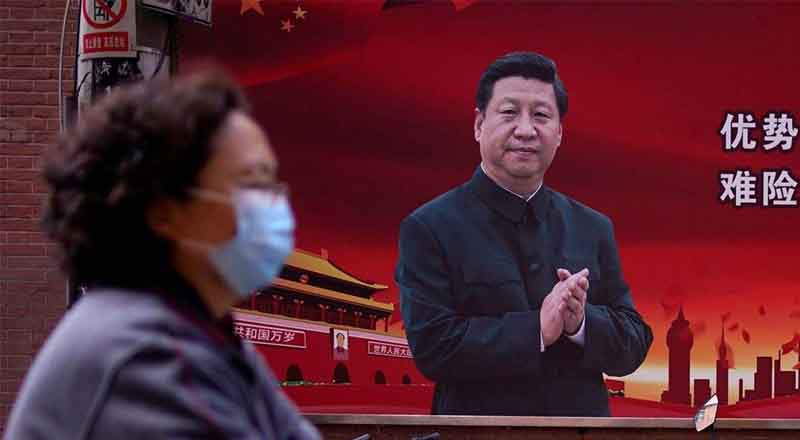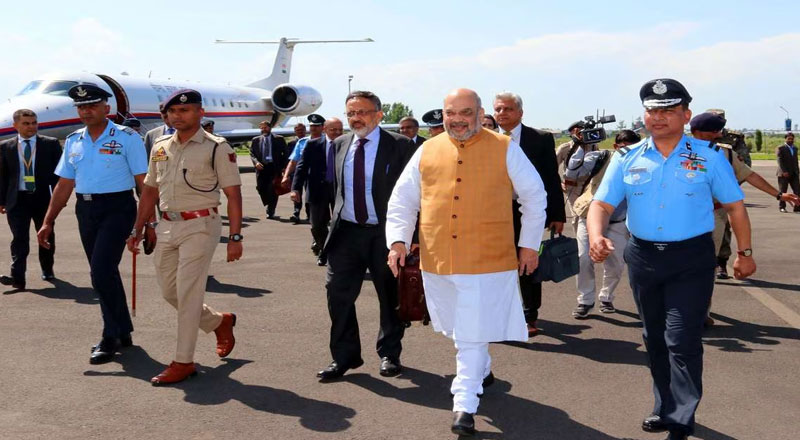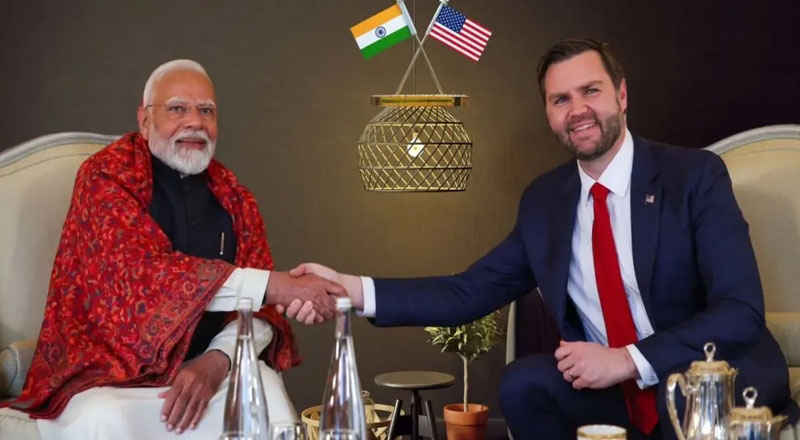The coronavirus or COVID-19 has brought has brought the world to its knees with the infections spreading to 175 countries and almost every part of the world , it could have been stopped if China, where the virus first broke out, had taken preventive measures from the start. standstill in almost every part of the world. China has been accused of not doing enough to stop the spread of this virus and also for not alerting other countries after the outbreak.
However, the impact could be lowered had China been more transparent about the virus outbreak in the beginning.
The first case of COVID-19 was reported from Hubei’s Wuhan city in December last year and has affected half a million people till now. With 10,000 deaths in Europe alone, it has now become an epicentre of the deadly virus.
An article in American magazine ‘National Review’ highlights how China withheld information that proved detrimental against the COVID-19 fight. The coronavirus that jumps from an animal species to a human being probably began at the Chinese ‘wet market.’
Here is a detailed timeline of China’s coronavirus cover up –
On December 1, the symptom onset date of the first patient identified. Five days after illness onset, his 53-year-old wife who had no known history of exposure to the market also presented with pneumonia and was hospitalized in the isolation ward.
It wasn’t until the second week of December, the Wuhan doctors were finding cases that indicated the virus was spreading from one human to another.
On December 25, Chinese medical staff in two hospitals in Wuhan were found to be suspected of contracting viral pneumonia and were quarantined. Later, hospitals in the Wuhan witnessed an ‘exponential’ increase in the number of cases in late December that cannot be linked back to the Huanan Seafood Wholesale Market.
Whistleblower doctor Li Wenliang warned a group of other doctors about a possible outbreak of an illness that resembled ‘severe acute respiratory syndrome (SARS)’. He urged them to take protective measures against infection.
On December 31, the Wuhan Municipal Health Commission declared that their investigation has not found ‘any obvious human-to-human transmission and no medical staff infection.’
China contacted the World Health Organization (WHO) three weeks after doctors first started noticing the cases.
At the beginning of January, summons issued to Li Wenliang by the Wuhan Public Security Bureau accusing the doctor of ‘spreading rumours.’
On January 3, Dr Li signed a statement at a police station acknowledging his ‘misdemeanor’ and promising not to commit further ‘unlawful acts.’ China’s National Health Commission ordered institutions not to publish any information related to the unknown disease.
On the same day, the Hubei Provincial Health Commission ordered to stop testing samples from Wuhan related to the new disease and destroyed all existing samples.
The Wuhan Municipal Health Commission released another statement, reiterating that preliminary investigations have shown ‘no clear evidence of human-to-human transmission and no medical staff infections.’
59 people in the central city of Wuhan have been sickened by a ‘pneumonia-like illness’, as per a report by The New York Times published on January 6. On the same day, the Chinese Center for Disease Control and Prevention issued a level 1 travel watch. It advised travellers to Wuhan to avoid contact with ‘living or dead animals, animal markets, and sick people.’
On January 8, Chinese medical authorities claim to have identified the virus, reiterating that it still found ‘no clear evidence of human-to-human transfer’.
On January 11, the Wuhan City Health Commission released Q&A sheet emphasizing that most of the unexplained viral pneumonia cases in Wuhan have a history of exposure to the South China seafood market and ‘no clear evidence of human-to-human transmission has been found.’
Dr Li Wenliang was hospitalized on January 12. He started coughing and developed a fever after unknowingly treating a patient with the coronavirus. Later, Wenliang’s condition deteriorated so badly that he was admitted to the intensive care unit and was given oxygen support.
On January 13, the first case of novel coronavirus was reported outside China involving a 61-year-old Chinese woman in Thailand, who had visited Wuhan.
However, Thailand’s Ministry of Public Health said the woman had not visited the Wuhan seafood market and had come down with a fever on January 5. The woman had visited a different, smaller market in Wuhan, in which live and freshly slaughtered animals were sold.
On January 14, the World Health Organization in its report stated: ‘Preliminary investigations conducted by the Chinese authorities have found no clear evidence of human-to-human transmission of the novel coronavirus (2019-nCoV) identified in Wuhan, China.’
On January 15, Japan reported its first case of coronavirus and its Health Ministry said the patient had not visited any seafood markets in China.
The Wuhan Municipal Health Commission in a statement said that the possibility of ‘limited human-to-human transmission’ cannot be ruled out.
Despite the fact that Wuhan doctors knew that the virus is ‘contagious’, city authorities allow 40,000 families to gather and share home-cooked food in a Lunar New Year banquet, as per the article in National Review.
On January 19, the Chinese National Health Commission declared the virus ‘still preventable and controllable’.
A day later, the head of China’s national health commission team investigating the outbreak, confirmed that two cases of infection in China’s Guangdong province had been caused by ‘human-to-human transmission and medical staff had been infected’.
On January 21, the CDC announced the first case of the coronavirus in the US. The patient had returned from China six days ago.
On January 22, a WHO delegation conducted a field visit to Wuhan and concluded, ‘deployment of the new test kit nationally suggests that human-to-human transmission is taking place in Wuhan.’
Nearly two months after the first case of the virus was reported, Chinese authorities announced their ‘first steps for a quarantine of Wuhan.’ By this time, a significant number of Chinese citizens have travelled abroad as ‘asymptomatic, oblivious carriers’.
Dr. Li Wenliang who is said to have first reported about the virus was arrested by the Chinese police and he later died of the infection, as per the report.





